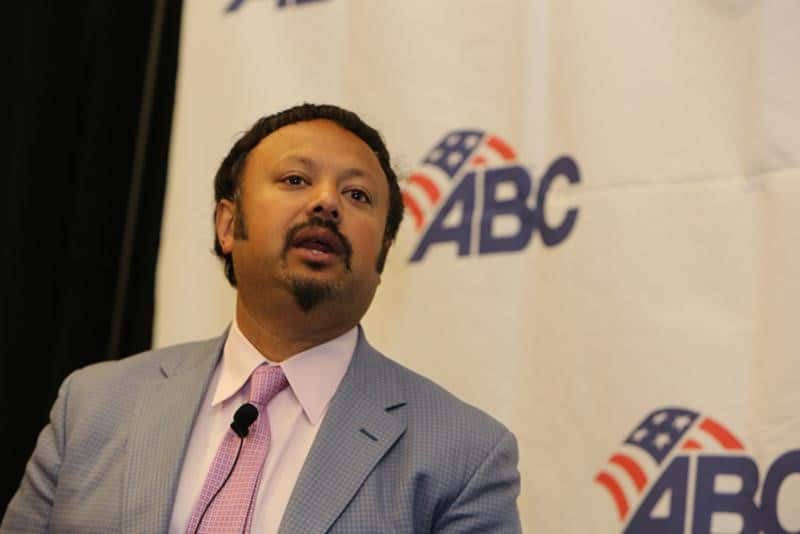
Eventually, it’s Going to All Work Out for America
As 2025 unfolds, the construction industry is navigating a complex yet resilient economic landscape. At the recent ABC Carolinas Conference in Myrtle Beach, SC, ABC Chief Economist Anirban Basu echoed this theme: “Eventually, it’s going to all work out for America.” His mid-year forecast, delivered via Construction Executive, reflects both urgency and optimism.
Basu also recently delivered his Construction Executive Mid-Tear Economic Forecast. The labor picture remains tight. In June, the industry added 15,000 jobs, reflecting year-over-year growth of about 1.5%. July’s growth slowed sharply to just 2,000 jobs, bringing annual growth down to 1.2%. National construction unemployment stood at 3.4% in June, slightly higher than the prior year but with employment levels at 8.3 million, nearly 9.4% above the pre-pandemic peak. In the Carolinas, these numbers reflect what contractors are seeing on the ground: strong demand, but ongoing challenges finding and retaining skilled trades. Backlogs provide some reassurance.
ABC’s Construction Backlog Indicator rose from 8.4 months in May to 8.7 months in June and 8.8 months in July. The South, which includes the Carolinas, maintains the highest backlog levels nationwide, though it was the only region not to experience year-over-year growth. Contractors in the region remain busy, particularly in high-demand segments such as data centers, healthcare, and public infrastructure. Confidence, however, has slipped.
ABC’s Confidence Index showed declines in expectations for sales and profit margins in July, even as optimism around staffing levels improved. Less than 2% of contractors nationally expect significant margin growth, reflecting cost pressures from tariffs, labor, and materials. Materials costs continue to be a thorn in the side of contractors.
Construction input prices rose 0.2% in June and 0.4% in July, and are now up 2.6% year-over-year for nonresidential work. Copper wire and cable spiked more than 12% annually, and Basu noted that these persistent inflationary pressures could erode profits in the back half of the year.
For Carolinas contractors, this means budgeting discipline and procurement strategy are more important than ever. In his Myrtle Beach address, Basu reminded the audience that while risks remain, the industry has proven resilient. Strong backlogs, steady (if modest) job growth, and continued demand for advanced facilities, infrastructure, and institutional projects suggest opportunities remain plentiful. But success will depend on proactive management: controlling costs, securing labor, leveraging prefabrication and modular approaches to improve efficiency, and aligning closely with owners on realistic expectations. The message is clear.
The Carolinas construction industry heads into late 2025 with strong fundamentals, but margin pressure, labor tightness, and material volatility demand focus. Contractors who adapt quickly and strategically will not only weather these challenges but find themselves in position to thrive.






